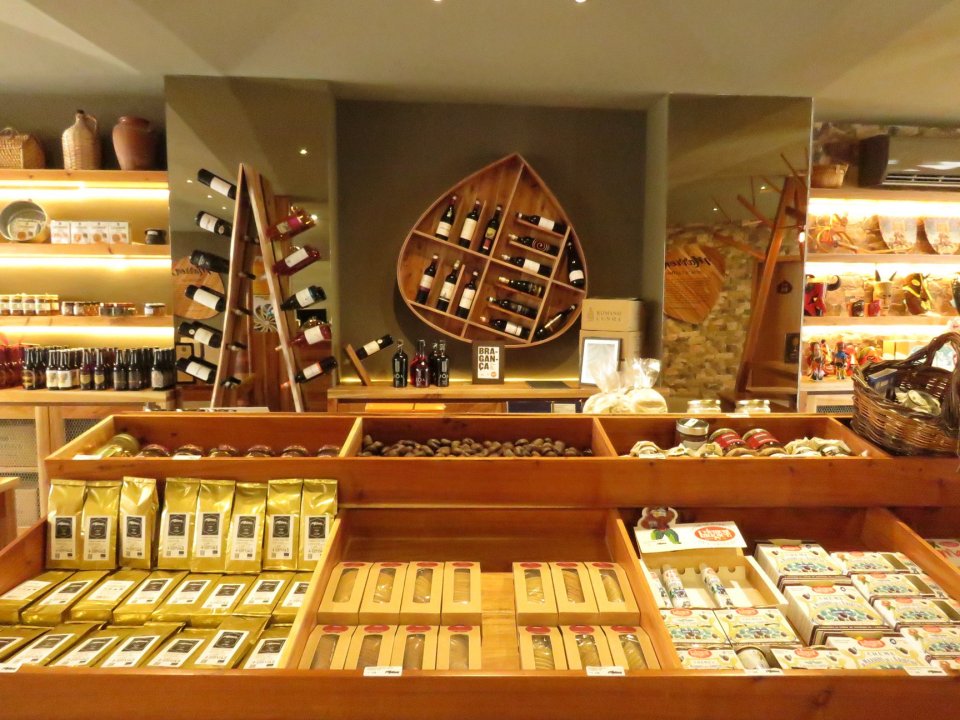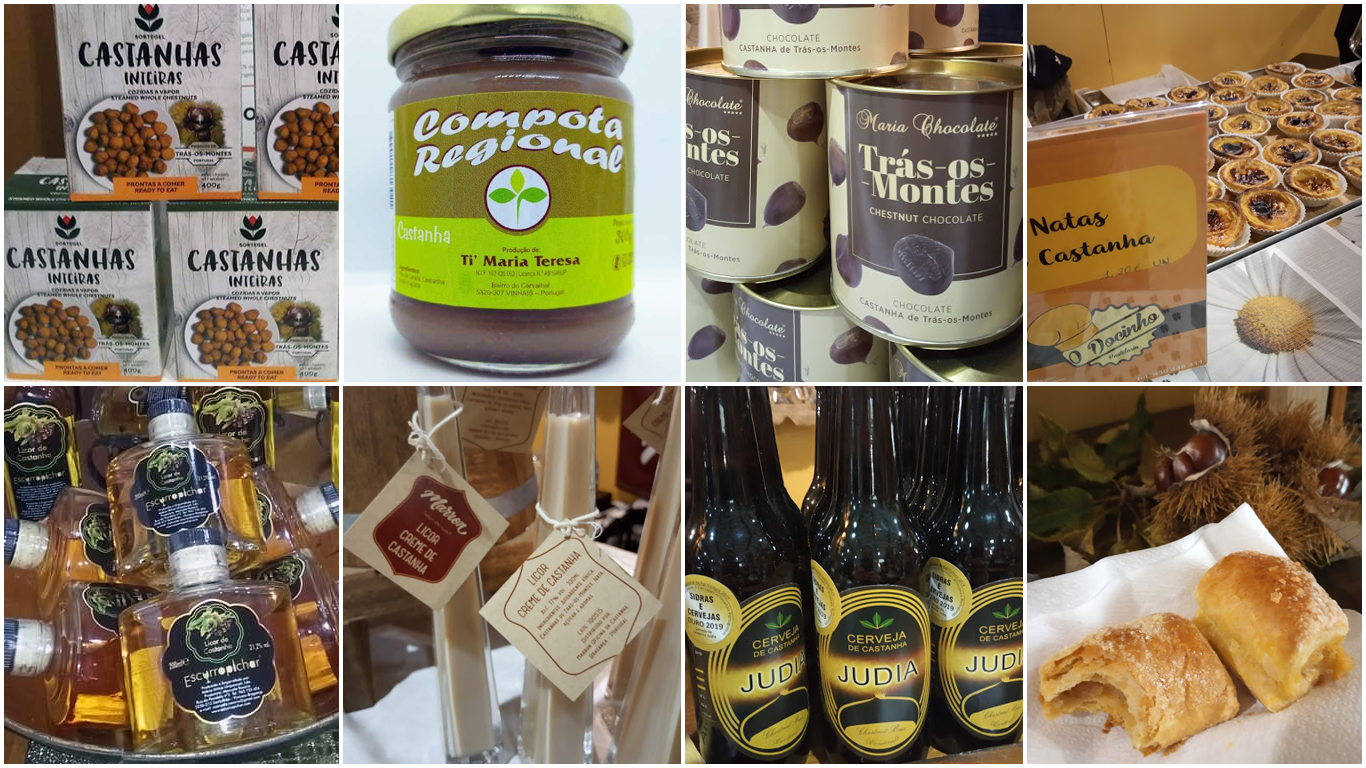
Chestnut is a seasonal nut only produced in some regions of Portugal. It is a product whose value is very scattered across the various elements of the marketing chain, with little, and very concentrated in time, internal consumption. It is, therefore, vital to increase and retain its added value and make this market less dependent on the seasonality of the fruit. One way is by promoting new forms of consumption in and out of season, through the processing and innovative uses of the chestnut.
Most of the Portuguese chestnuts are intended for export. But factors such as the decrease in the emigrants' related market - the case of Brazil - and the various phytosanitary problems affecting production, quality and conservation - both at the tree level (ink disease, chestnut blight, chestnut gall wasp) and fruit (weevil, tortrix, fungi) - make this a market with weaknesses. Domestic consumption, on the other hand, is low and very concentrated over time (80% of transactions take place in the fortnight before Saint Martin's Day). There's a need to increase it through the diversification of available chestnut products throughout the year.
In fairs specifically dedicated to this nut, namely Rural Castanea in Vinhais and Norcastanha in Bragança, several products, and some innovations in terms of the use of chestnuts, can already be purchased. Many local pastries and bakeries are already betting on diversifying their offer, with chestnut based products (using flour and puree), such as 'natas', pudding, 'bolo-rei', and bread. In these events, there are even contests only dedicated to the presentation of chestnut based confectionery. Alongside this, there are other processed products such as jams, preserves, and alcoholic options such as liqueurs, wine, and chestnut beer. This also opens doors to new businesses and new opportunities for tourism around this emblematic fruit.
To scale the production of some of the options presented, it is necessary to guarantee the existence of processed chestnuts, piled and frozen, or in the form of flour or puree. In the absence of this base product, the expansion of its use is always conditioned. Although there is a strong industry in terms of processing and 1st transformation (e.g. Agroaguiar and Sortegel), there's none focused on the 2nd transformation, leaving room for new business establishment, possibly in partnership. The use of chestnuts in making dishes (frozen chestnuts) and pastries (chestnut flour) could be two ways to promote the integration of this fruit in daily meals.
This showcase of products allows one to talk about chestnuts in moments when they do not exist, allowing for the promotion of this highly seasonal fruit, as mentioned by one exhibitor at one of the fairs. Some micro and small companies are beginning to appear, mostly aimed at niche markets. However, the majority of the offer is also seasonal, some even temporary, namely during these traditional events and fairs. Much remains to be done in promoting these processed products to buyers, to increase their consumption throughout the year.
The domestic consumption of chestnut-based products is still rare. Nevertheless, the example of frozen chestnuts availability in supermarkets and the consequent increase in consumption throughout the year is encouraging. Consumers recognize the chestnut as a versatile food, yet they consume it almost exclusively roasted or cooked. They are also unaware of its important nutritional properties. Hence, it is necessary to provide better information on these two topics, communicating innovative ways of introducing chestnuts in the diet, or the fact that it is a nutritionally enriched and gluten-free food.
Further information
Fórum Florestal (2016) Estudo Económico do Desenvolvimento da Fileira da Castanha
https://www.compete2020.gov.pt/destaques/detalhe/Proj9230_Castanha
Henriques (2017) Manual Técnico - Castanheiro: Estado da Transformação. CNCFS
http://www.wp.cncfs.pt/2017/05/13/castanheiro-estado-da-transformacao/
Ribeiro, M.I., Fernandes, A., Cabo, P. (2018) Usos e conhecimento das propriedades nutricionais da castanha: a perspetiva do consumidor. III Simpósio da Castanha. Bragança
Ribeiro, M.I., Fernandes, A., Cabo, P. (2018) Preferências e hábitos de compra do consumidor de castanha em Portugal. III Simpósio da Castanha. Bragança

Baked chestnut (Sortegel), jam (Ti Maria Teresa), bonbon (Maria Chocolate), custard tarts (Pastelaria O Docinho), liqueur (Escurropichar), cream liqueur (Marron), beer (Judia), puff pastry (Pastelaria Delícias)
